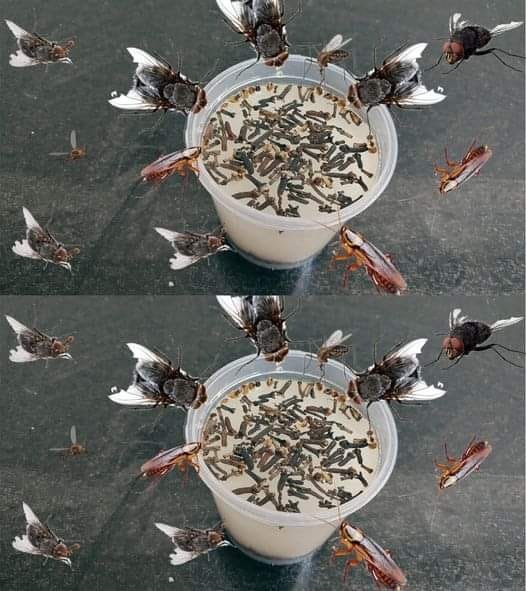How to Make Cassava Safe
The good news? Cassava can be made safe to eat—but it takes care and time.
Traditional methods of detoxifying cassava include:
Peeling and discarding the skin
Soaking the root in water for 12–24 hours
Boiling or fermenting the flesh
Drying and grating the root before further processing
These steps help break down the harmful compounds and reduce the risk of cyanide exposure.
Why Do People Still Eat It?
Despite the risks, cassava remains a lifeline for food-insecure populations. It thrives in poor soils, requires little water, and provides essential calories in regions where other crops may fail.
In countries like Venezuela, during times of food shortages, people turned to cassava—even when lacking the resources to process it safely. Some consumed improperly prepared versions just to survive, often at great personal risk.
Final Thoughts
Cassava is a powerful symbol of both survival and danger. It’s a food that, when handled correctly, nourishes hundreds of millions—but if consumed improperly, it can turn lethal.
Education, proper food preparation, and community resources are crucial to ensuring this crop continues to be a source of life, not harm.






